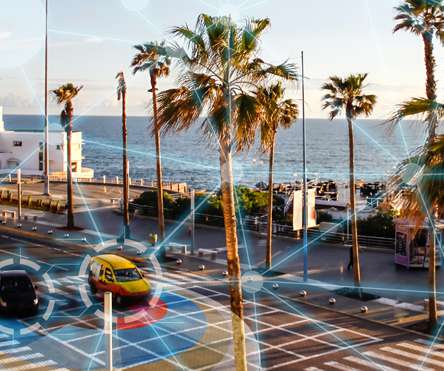Smart Cities – Seeing the Invisible and Doing the Impossible
Daniel Burrus
OCTOBER 7, 2015
An everyday iteration of this concept is being seen in cities across the globe as data analytics and technological innovations are providing new levels of clarity when it comes to issues like sustainability, pollution, energy conservation, and crime. for every dollar spent.














Let's personalize your content